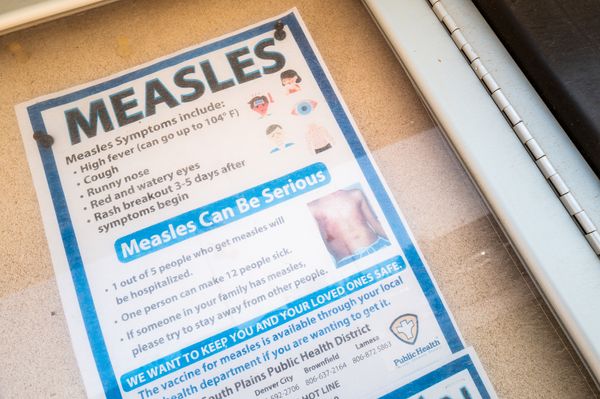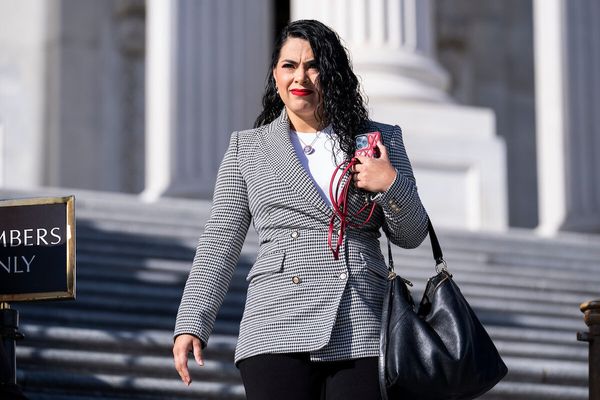
SoFi Technologies (SOFI) stock gained 15% in February. On Tuesday, it gave all that back after the San Francisco-based fintech announced it was issuing $750 million in convertible notes.
Investors generally don't like these types of announcements because it means their shares will potentially be diluted should the owner of the convertible notes convert them to SOFI stock. In addition, it could mean the company feels it’s undercapitalized right now.
That’s never good for a business struggling to make money on a GAAP basis. In 2023, it lost $341 million, down slightly from 2022.
I remain bullish about SoFi’s potential to become a more prominent player in the financial services industry. In the long term, I see SOFI stock moving into double digits. But first, it’s got to get through the latest hiccup on its pathway to profitability.
In Wednesday’s unusual options activity, 11 SOFI call options with Vol/OI ratios higher than 1.25. A couple of them look particularly appealing.
Here’s why.
Bullish Assumptions About SOFI
There is no question that analysts are mixed about SoFi’s future. Of the 19 covering its stock, only six rate it a Moderate or Strong Buy (3.26 out of 5), down from Moderate Buy (3.5 out of 5) three months ago. Further, four analysts rate it as a Moderate or Strong Sell.
The good news, however, is that the analysts’ target price is $9.41, 26% higher than where it’s currently trading.
Although the company reported a 2023 GAAP loss, it did make a small profit of $24 million in the fourth quarter, a sign that it was getting closer to full-year GAAP profitability.
After reporting its Q4 results on Jan. 29, I said the following about SoFi:
“While there’s no question its stock remains a play for risk-tolerant investors only, I think the long-term story is getting better by the day. A GAAP profit helps shift the narrative from analysts,” I wrote.
“Anyway, I see it moving into the mid-to-high-teens in 2024, challenging $20 by Christmas.”
That was a bold statement that is looking anything but accurate.
The Glass Is Half Full for SOFI
Let’s consider the details of the notes issued.
The private offering priced the $750 million in convertible senior notes at 1.25%, maturing on March 15, 2029. It allowed an additional $112.5 million in notes to be purchased within 13 days of the March 8 settlement date.
Assuming the $112.5 million is also purchased by private buyers, SoFi will add $862.5 million in convertible debt to the liability side of its balance sheet, increasing its convertible debt by 78% to nearly $2 billion.
While the 1.25% interest rate on these convertible notes is 3x higher than the existing October 2026 notes, it is still substantially less than the other $5.23 billion in debt outstanding, most of it at rates of 6% and 7%.
The notes can be converted on and after Sept. 15, 2028, through March 14, 2029, the day before they mature. If the shares trade for $12.29 or higher for a specified period, on or after March 15, 2027, the company can redeem the shares for cash up to 30 days before the March 15, 2029, maturity date.
It plans to use some of the proceeds to redeem its $320.4 million in 12.5% Series 1 preferred shares, $78 million for capped call transactions to reduce dilution from the conversion of any notes, with the remainder for general corporate purposes, including paying down some of its 6-7% debt.
I don’t know about you, but that doesn’t seem like a dumb move by SoFi management.
Disagree?
Barron’s published a piece on Tuesday that discussed why convertible-bond sales were booming.
“At a time when convertible-bond issuers face interest rates of 5% to 6% or even higher on regular, ‘straight’ corporate debt with five- to 10-year maturities, convertible yields are much lower because investors like the equity ‘kickers,’” Barron’s contributor Andrew Bary wrote.
You have to strike while the iron’s hot.
The Call Options in Question
The two unusually active call options that have caught my attention from Wednesday’s trading are those with the highest Vol/OI ratios.
They both expire on March 22 in 15 days.
The first has an $8 strike with a $0.24 ask price, and its Vol/OI ratio is 13.14. The second has a $7.50 strike with a $0.42 ask price. The former’s delta is 0.34069, while the latter’s is 0.50080.
The $8 call requires a 3% down payment, while the $ 7.50 call requires a 5.6% down payment. Both are reasonably affordable and not a massive investment if it doesn't work out.
Based on the $7.40 closing price, the former has to rise by 12% over the next 15 days for you to consider exercising your right to buy the 100 shares, while the latter only has to rise by 7% for you to consider buying.
To double your money by selling the option by March 22, the $8 strike has to increase by 70 cents (9.5%), while the latter must increase by 84 cents (11.4%).
So, you can buy the $8 strike and still make money without exercising your right to purchase. With the $7.50, if the shares rise by 11.4%, which is needed to double your money, you’ll be up $0.32 on your $7.92 net price per share, and you would likely exercise your right.
If it were me, I’d go with the $7.50, but yesterday’s volume doesn’t support my decision, with the $8 strike’s volume more than three times the $7.50.
In the long term, both are good entry points.
On the date of publication, Will Ashworth did not have (either directly or indirectly) positions in any of the securities mentioned in this article. All information and data in this article is solely for informational purposes. For more information please view the Barchart Disclosure Policy here.







